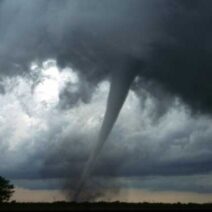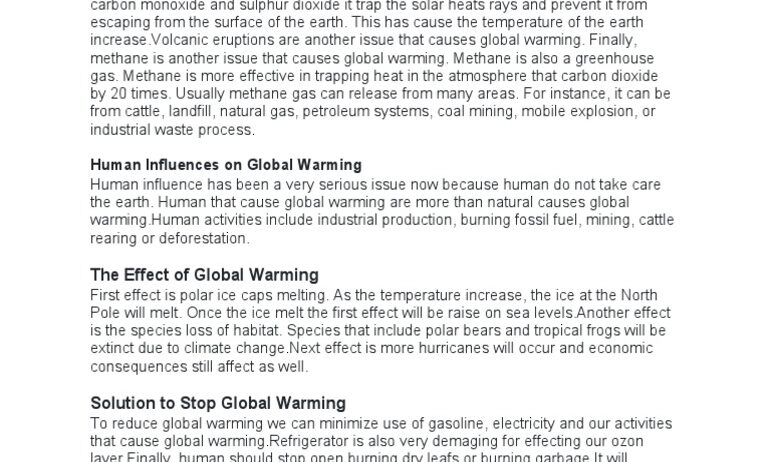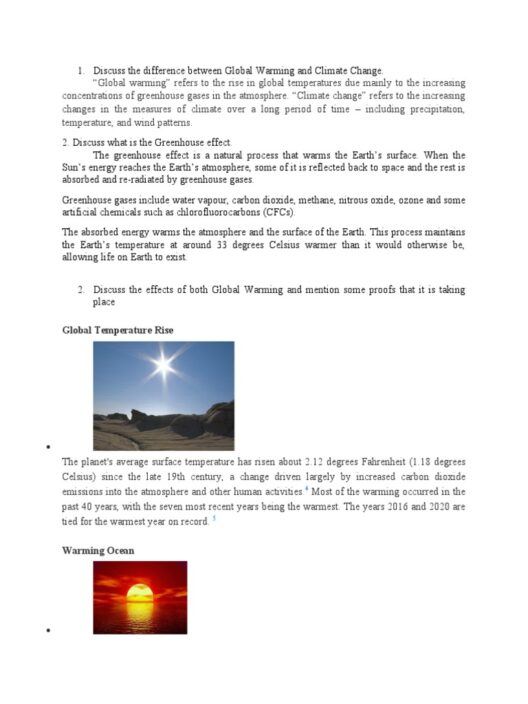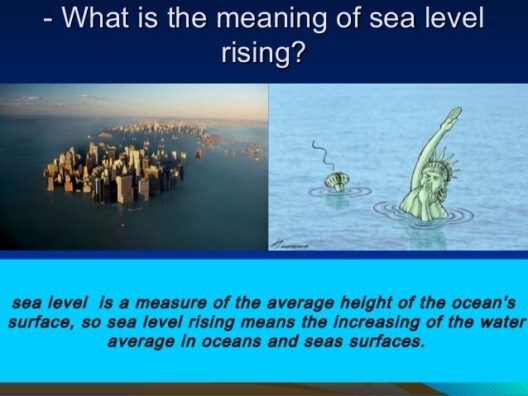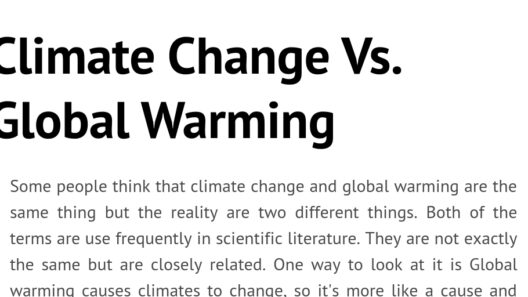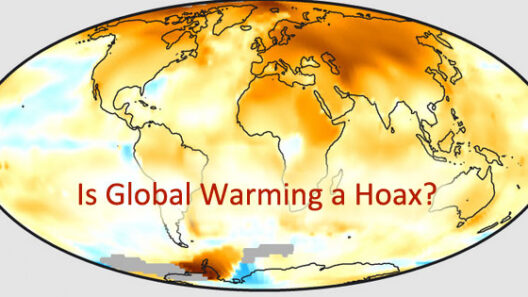Global warming presents itself as one of the most pressing challenges of our era, a phenomenon that transcends geography and societal boundaries. While often attributed solely to human activity, the causative factors of global warming are complex and multifaceted, merging both anthropogenic and natural elements. To unravel this intricate tapestry, it is imperative to explore the intricate dance between these two forces.
Understanding the dual nature of global warming is not only vital for grasping its ramifications but also for galvanizing collective action to mitigate its effects.
In this discourse, we will delve into the human and natural factors driving global warming, stimulating curiosity and encouraging a shift in perspective along the way.
The Human Footprint: Industrialization and Its Fallout
Perhaps the most conspicuous contributor to global warming is human activity, particularly since the dawn of the Industrial Revolution. The widespread reliance on fossil fuels—coal, oil, and natural gas—has engendered a dramatic increase in greenhouse gas emissions, primarily carbon dioxide (CO2) and methane (CH4). This reliance has transformed energy generation, transportation, and manufacturing, leading to a steep escalation in atmospheric concentrations of these gases.
Expansion in urbanization has also bolstered this trend. Cities consume enormous amounts of energy and resources, significantly elevating carbon footprints through transportation systems, heating, and cooling infrastructures. Furthermore, industrial agriculture, notably through livestock farming, is a significant contributor to greenhouse gas emissions. Livestock produce methane during digestion, and manure management contributes even more to this potent greenhouse gas.
Yet, it is essential to consider not just the emissions but also the broader implications of consumption patterns. The demand for goods and services has birthed a throwaway culture, where disposability reigns supreme. This consumerist ethos fuels deforestation and habitat loss as land is cleared for agriculture and urban development, further exacerbating the crisis.
The effects of these human activities have global repercussions, leading to rising temperatures, shifting rainfall patterns, and increasingly frequent extreme weather events. These changes alter ecosystems and species distributions, disrupting the delicate balance of our planet.
Natural Influences: Earth’s Own Cycles
While human activities are predominant in recent global warming trends, it is crucial to acknowledge the role of natural factors. Earth’s climate system is inherently dynamic, influenced by variations in solar radiation, volcanic activity, and oceanic circulation patterns.
Solar cycles, for instance, impact the amount of radiation received from the sun. The sun undergoes periodic cycles of activity, altering the energy it emits towards Earth. This natural variability can contribute to short-term climate fluctuations. However, studies indicate that current warming trends cannot be attributed solely to these natural cycles, given their limited influence compared to human-induced factors.
Volcanic eruptions also play a notable role in climate dynamics. When volcanoes erupt, they release substantial amounts of ash and sulfur dioxide, which can create temporary cooling effects in the atmosphere. However, the long-term impact of these eruptions is significantly dwarfed by the enduring warming effect of greenhouse gases from human activity.
The El Niño and La Niña phenomena exemplify another natural variable. These oscillations in ocean temperatures can exacerbate or alleviate weather patterns across the globe, leading to periods of warming or cooling, respectively. While they are critical components of the Earth’s climate system, their impact is also intricately woven with anthropogenic factors.
A Synthesis of Forces: A Complex Interplay
In examining global warming, the crucial narrative revolves around the interplay between human and natural factors. Climate science emphasizes that, while natural variability exists, the accelerated pace of climate change we are witnessing today is almost entirely a result of human actions.
The concept of climate feedback mechanisms further complicates matters. For instance, as global temperatures rise, polar ice melts, reducing the Earth’s albedo, or reflective quality. This reduction leads to further warming, creating a feedback loop that can spiral into more significant climatic changes. Such mechanisms illustrate how human-induced warming can trigger natural processes that exacerbate the overall phenomenon.
The repercussions of these dynamics are profound. Ecosystems, agriculture, and human health are all at the mercy of these interwoven factors. Sea-level rise threatens coastal communities, while altered weather patterns can lead to agricultural failures and increased food insecurity. The urgency of addressing these intertwined causes cannot be overstated.
Promising a New Perspective: A Call to Action
Recognizing the dual nature of global warming is pivotal. While humans are at the core of its progression, understanding the natural factors enables a more nuanced approach to tackling the issue. This knowledge calls for an interdisciplinary strategy, combining technology, policy reform, and grassroots initiatives to mitigate emissions and restore natural ecosystems.
Moreover, fostering an awareness of our interconnectedness with nature is essential. Engaging communities in sustainability initiatives and encouraging environmentally responsible practices can catalyze a wider movement toward change.
In conclusion, global warming embodies a complex interplay of human and natural factors, each impacting the other in ways that often evade simple explanation. Acknowledging these influences provides a clearer context for understanding the urgency of the climate crisis. It also empowers individuals and communities to take meaningful action, forging a path toward a more sustainable and resilient future. Through collective effort, we can hope to navigate this tumultuous terrain and emerge victorious against the challenges that lie ahead.
